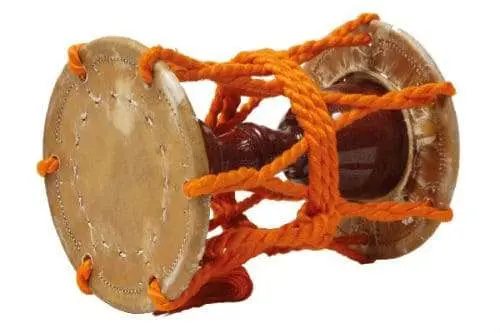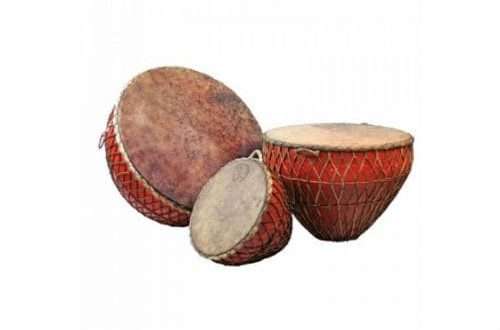
Tsuzumi: tool description, composition, use
Tsuzumi is a small Japanese drum of the sime-daiko family. Its history begins in India and China.
Tsuzumi resembles an hourglass shape, tuned with a strong cord stretched between the upper and lower edges of the drum. The musician adjusts the pitch of the sound during the Play by simply changing the tension of the cord. The musical instrument has varieties that differ in size.

The body is usually made of lacquered cherry wood. When making a membrane, horse skin is used.
The instrument requires careful maintenance, because without heating before the performance, the sound quality will become poor. Also, various types of Japanese drum need a certain humidity: a small one (kotsuzumi) requires high humidity, an enlarged version (otsuzumi) – reduced.
There are about 200 different drum sounds. The instrument is played in theaters, it is also present in the composition of the folk orchestra. In addition to the beats emitted by the instrument, exclamations of the performers can be heard at the performance.
Tsuzumi impresses foreigners who have not seen Japanese outlandish things before.





